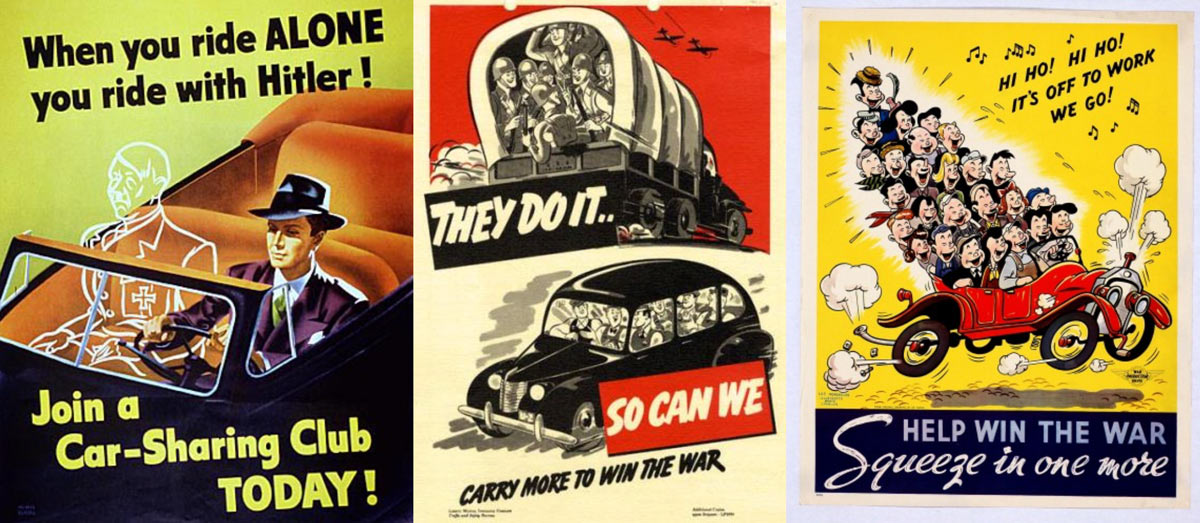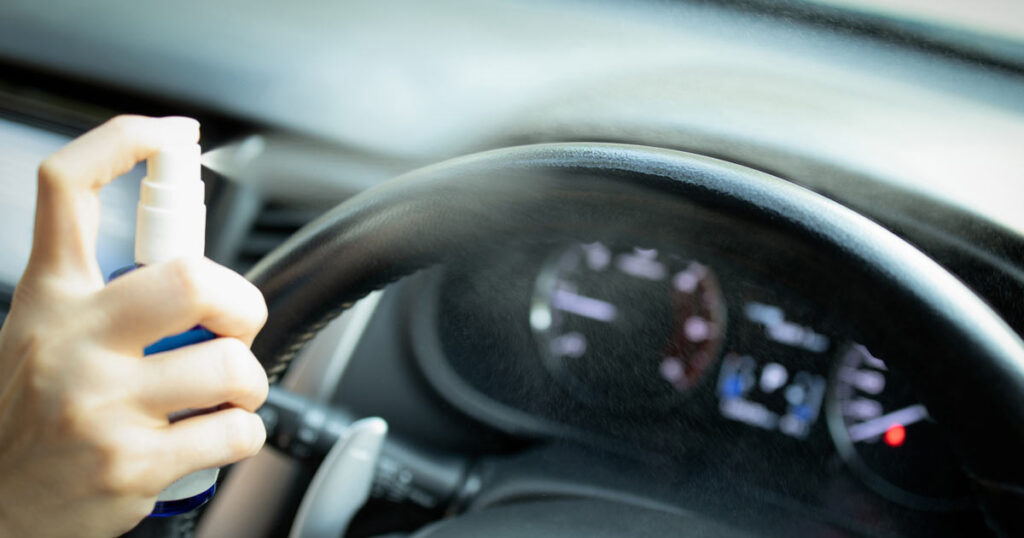If you look at Central Indiana commuting over time, you’ll find that a lot of our choices for getting to work have been reactions to events and conditions surrounding us … war, for example, or economic upheaval.
Now we find ourselves making another set of adjustments based on outside factors. But maybe, once this current global upheaval passes, we can be proactive about commuting rather than reactive.
In the early 20th Century, most central Indiana residents traveled to work by walking, riding a streetcar or taking the interurban, a railway system that connected Indianapolis with outlying communities statewide. The tracks on which the streetcars and interurbans operated were pulled up and paved over decades ago, but we still see remnants of them today.
Streets on the Southside are named for numbered stops along the interurban line that ran down Madison Avenue: Stop 10, Stop 11, Stop 12 and Stop 13. And the clusters of businesses at intersections along College Avenue are there because of the streetcars that once ran north and south along that route. Think Broad Ripple Avenue, Kessler Ave., 54th and 52nd streets.
As car ownership became more popular in the following decades, interurban routes and streetcars were abandoned. Throughout the 1930s, electric rail lines abandoned. The last interurban car left Traction Terminal in downtown Indianapolis in 1941. A few years later, carpooling became prominent, as the federal government promoted it as a rubber- and fuel-rationing strategy during World War II. War-time posters used several angles to promote carpools, including the hyperbolic, “When you ride ALONE, you ride with Hitler” headline.

When the war was over, and American manufacturing shifted from producing war-related items to consumer goods, we responded by returning to our own cars. In 1950, America produced more than 8 million cars; by 1958, there were more than 67 million cars registered in the United States, more than twice the number at the start of the decade. By 1959, Henry Ford’s goal of 30 years earlier – that any man with a good job should be able to afford a car – was achieved. In the following years, we responded to the development of the national highway interstate system by commuting longer distances, often alone.
And then the energy crisis of the 1970s sent us scrambling back into carpools, trying to conserve fuel and reduce the pain of skyrocketing gas prices. According to the Census Bureau, by 1980, roughly 23.5% of Americans were carpooling … but then gas prices fell, disposable incomes rose and government support of alternative commuting options evaporated. By 2011, the carpool rate had fallen to 11%.
Now we face a new influence on commuting patterns: COVID-19, which, for many of us, has essentially brought commuting to a halt as we work from home thanks to internet connectivity. Telecommuting has become our primary form of commuting. So, once again, our commuting habits have been shaped by outside forces.
But maybe it’s time for all of us to proactively choose the best commuting option rather than submitting to the conditions. Obviously, we at Commuter Connect encourage people to choose to get to work in ways that don’t involve each of us driving separately in our own cars. And we’re working to make that easier.
These days we promote carpooling in Central Indiana by making it simpler with technology. The Central Indiana Regional Transportation Authority (CIRTA) offers several commuting supports including Commuter Connect, which provides free accounts to upload your commute information and find carpool matches, bus and connector routes, bike-riding buddies and other means to share the ride to work. It also allows you to track “green commutes” to measure the money you save and emissions you reduce.
So, let’s spend this time when we’re essentially not commuting to plan for the day when we start commuting again. Let’s look forward to spending more time with people by commuting together. And let’s make the next milestone in our commuting history one that contributes to cleaner air, easier commutes and a stronger sense of community. Prepare for the return to public interaction by signing up for a Commuter Connect account and planning for commuting partners for when the crisis lifts. Share the ride and return to a “new normal” that’s even better than the old one.
By Jennifer Gebhard, Program Manager, CIRTA/Commuter Connect


